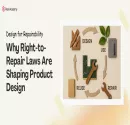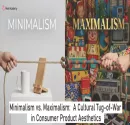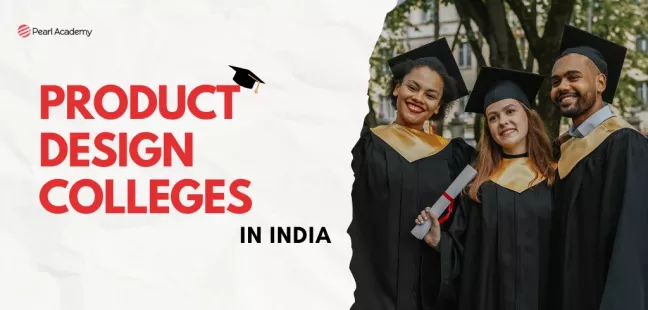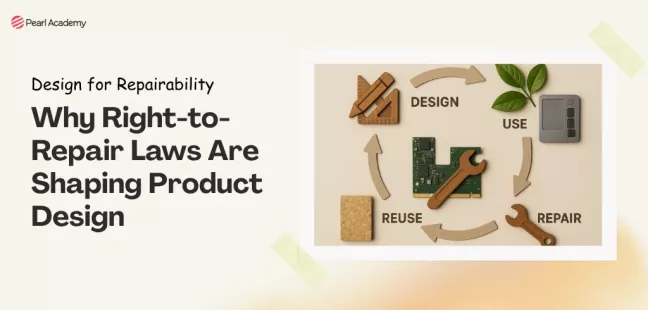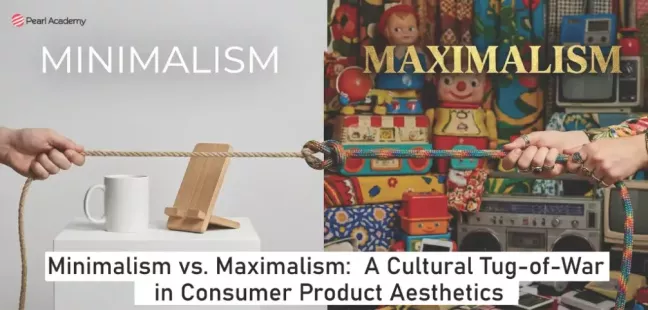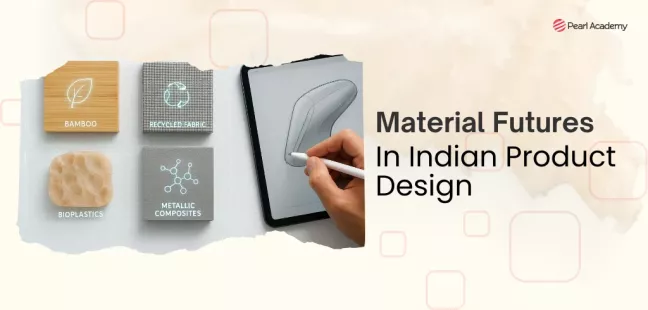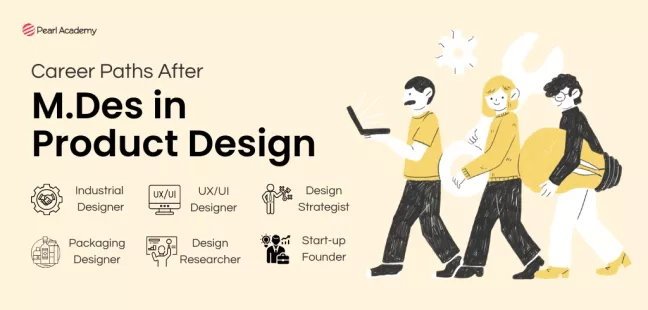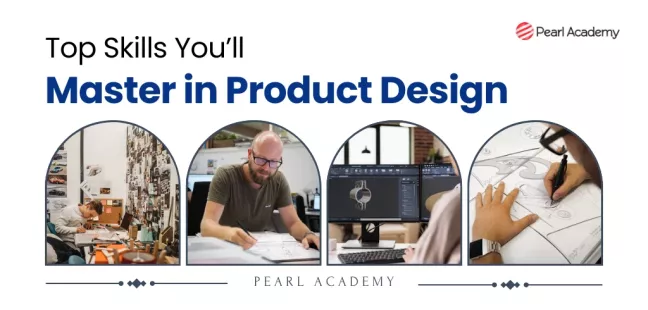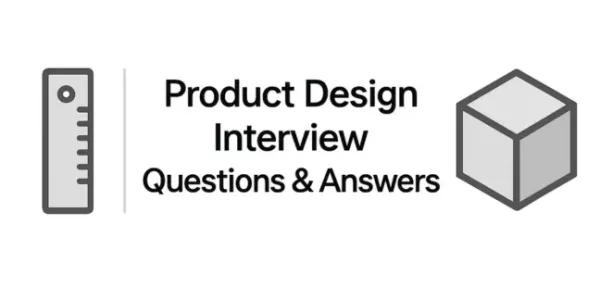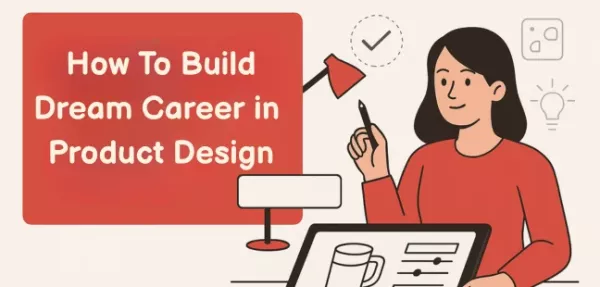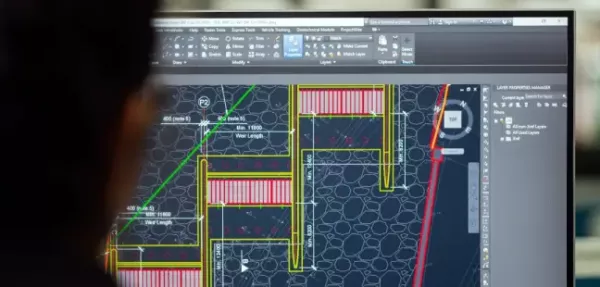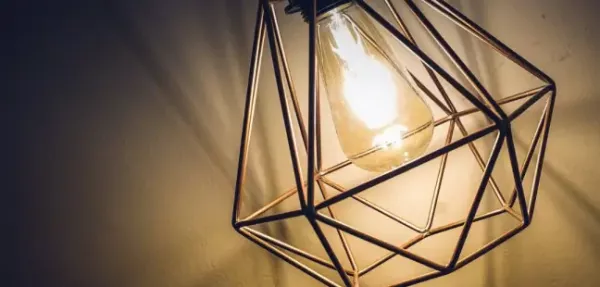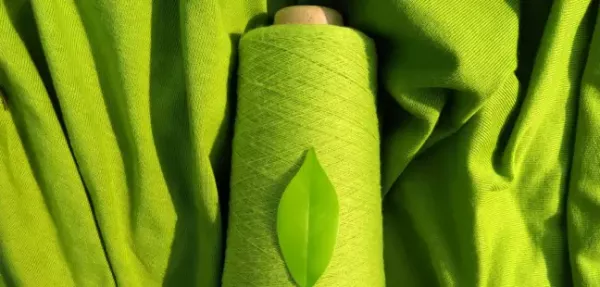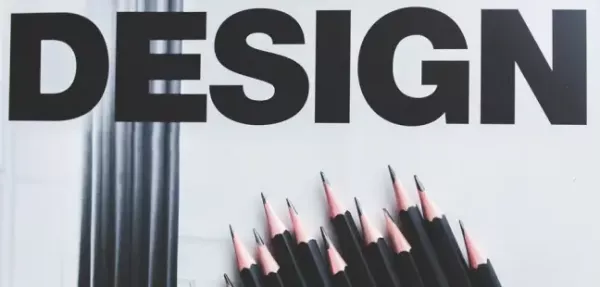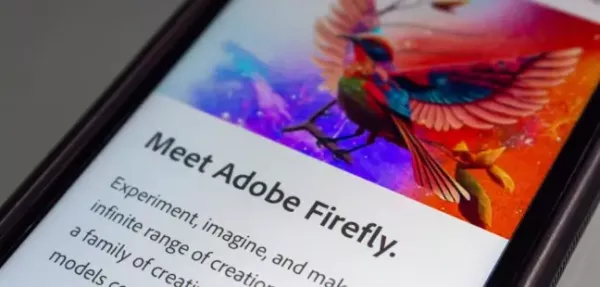What is Product Design? Understand the Core Principles of Product Design
- Editorial Team
- Published 13-May-2025
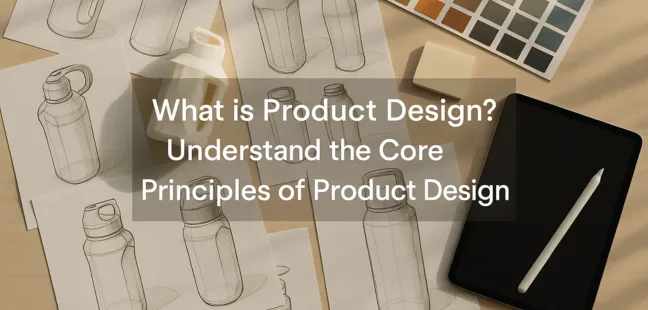
In today’s fast-paced world, product design plays a crucial role in shaping how we interact with everyday objects. From smartphones to furniture, every product we use has undergone a meticulous product design process to enhance functionality, aesthetics, and user experience. If you’re just starting, check out How to become a Product Designer to see the first steps in building your skills.
But what is product design, and why is it essential? Let’s explore the core principles, types, and career opportunities in this dynamic field!
Become future-ready with our Product Design Programs
Know MoreWhat Is Product Design?
Product design is the process of conceptualising, developing, and refining a product to meet user needs, market demands, and business objectives. It involves blending creativity, technology, and problem-solving to craft functional and aesthetically pleasing products.
A product designer is responsible for translating user needs into tangible solutions, whether it’s a physical object or a digital product. They consider usability, materials, sustainability, and ergonomics while designing products that are both practical and innovative.
Recommended Blogs: Guide to Understanding BDes in Product Design
The Product Design Process
The product design process is a structured approach that ensures the successful development of a product. While the steps may vary, the fundamental stages include:
1. Research & Ideation
Before sketching a design, product designers conduct market research to identify gaps, user pain points, and opportunities. This stage involves user interviews, competitor analysis, and brainstorming sessions.
2. Concept Development
Once research is complete, designers create multiple concepts through sketches, wireframes, or digital prototypes. This stage helps visualize ideas before moving to detailed development.
3. Prototyping & Testing
Prototypes bring concepts to life, allowing designers to test functionality and user experience. To learn more about each stage, see Learn About Product Design and Development. Testing ensures that the product meets expectations and helps identify potential improvements before mass production.
4. Design Refinement
Based on feedback from testing, designers refine materials, form, color, and usability aspects. Collaboration with engineers, manufacturers, and stakeholders is crucial at this stage.
5. Production & Launch
The final product is manufactured and launched in the market. Post-launch, designers collect user feedback to iterate and enhance future versions of the product.
Types of Product Design;
Product design encompasses various fields, each catering to specific industries. Here are the types of product design professionals specialize in:
1. Industrial Product Design
Focused on designing physical objects like appliances, automobiles, and consumer goods, industrial designers emphasize form, function, and materials.
2. UX/UI Product Design
This branch revolves around designing digital products such as mobile apps and websites. UX/UI designers ensure seamless user interaction and visually appealing interfaces.
3. Sustainable Product Design
With a growing emphasis on eco-friendly solutions, sustainable design focuses on creating products with minimal environmental impact using recyclable and biodegradable materials.
4. Fashion & Lifestyle Product Design
This domain covers designing accessories, furniture, and lifestyle products that combine aesthetics with functionality
Product Designer Roles & Career Opportunities
The role of a product designer is multifaceted, requiring expertise in creativity, technical skills, and problem-solving. Some common job roles in product design include:
- Industrial Designer: Designs physical products focusing on form and usability.
- UX/UI Designer: Specializes in digital interfaces for websites and apps.
- Design Researcher: Conducts user research to inform design decisions.
- Packaging Designer: Creates innovative packaging solutions for consumer goods.
- Sustainable Product Designer: Develops eco-friendly and socially responsible products.
A degree in product design can open doors to exciting career opportunities. Aspiring designers can enroll in the Product Design degree course at Pearl Academy to gain hands-on experience and industry exposure.
Must Read: How To Build Dream Career in Product Design
Educational Upskilling After B.Des Product Design:
You can always upskill and upgrade by adding a degree of M.Des Product Design in your resume. One can upskill with the help of a dynamic curriculum that equips mastery of product development. It is situated at the nexus of creativity, technology, and industry dynamics.

Student Guidance Center: Our Counselors are Just a Click Away.
Conclusion
Product design is a dynamic field that bridges creativity and innovation to develop products that enhance our daily lives. Whether you’re interested in industrial design, UX/UI, or sustainable design, understanding the product design process is essential to creating impactful products. If you aspire to become a product designer, consider pursuing a specialized degree to gain the necessary skills and industry exposure.
Are you ready to shape the future of design? Explore the B.Des Product Design and M.Des Product Design programs at Pearl Academy and start your journey today! Also, boost your interview readiness with our expert-curated Product Design Interview Questions and Answers.
Explore More:
Tags
- #Product Design
Pearl Admission Enquiry
Subscribe to Pearl Blogs
By clicking the "Subscribe" button, I agree and accept the privacy policy of Pearl Academy.







